Roll Call: Republican to-do list: Elect Mike Johnson and get to work
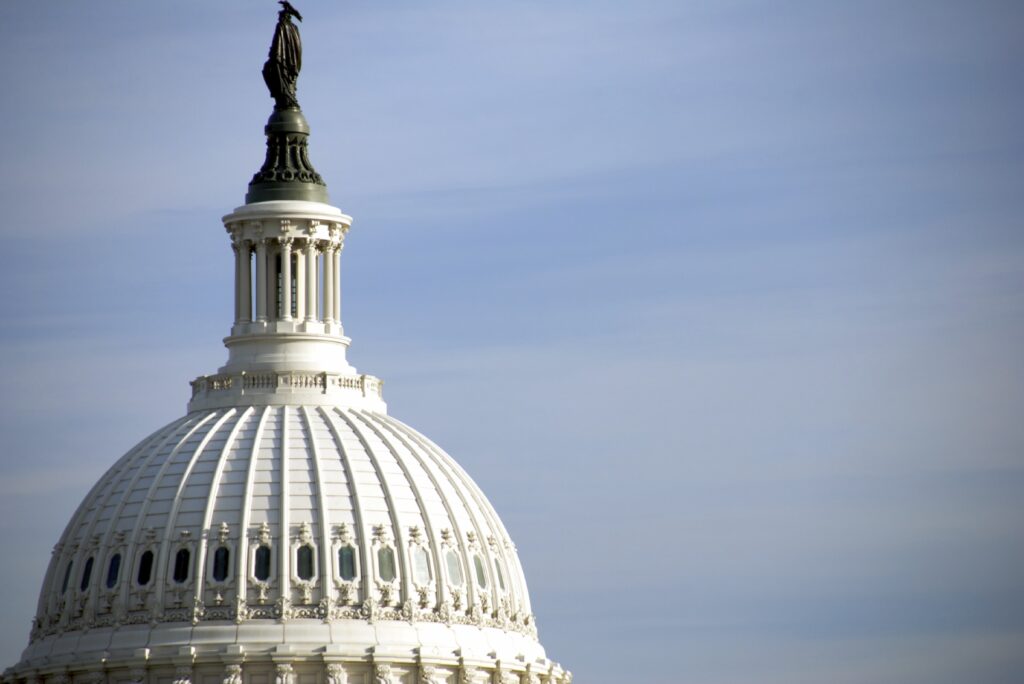
The Winston Group’s David Winston writes in Roll Call about today’s vote on Mike Johnson’s speakership: [T]oday’s vote for speaker is just as much a test for the Republican Party as a whole — a test with two critical implications. One of the first duties of a new Congress is the certification of the presidential […]
“For The First Time, Grades Are Not The Number One Factor”

Recently, 50CAN released the results of a national survey of 20,000 parents. The key takeaway: parents said they relied more on communications from their child’s classroom teachers than they did on grades to understand how their children were doing in school. Until now, surveys of parents had indicated that they primarily relied on classroom grades, often leading […]
“Just As Devastating” As NAEP – US Math Scores Drop on TIMSS

The headlines told the same, familiar story last week. US Math Scores Drop On Major International Test (Chalkbeat). ‘Sharp, Steep Declines’: US Students Are Falling Behind in Math and Science (Education Week). US Students Posted Dire Math Declines on an International Test (The New York Times). Specifically, the headlines are referring to US students’ performance on the Trends in International Mathematics […]
Roll Call: The great Democratic divide elects Trump twice

The Winston Group’s David Winston writes in today’s Roll Call about the “existential split” within the Democratic party that has twice led to the election of Donald Trump and now to the Democrats becoming a third party. What has driven the Democratic Party into third-party status isn’t complicated. There is now, and has been for some time, […]
The Rise of Independents and Decline of Democrats: An Analysis Of The 2024 Presidential Election
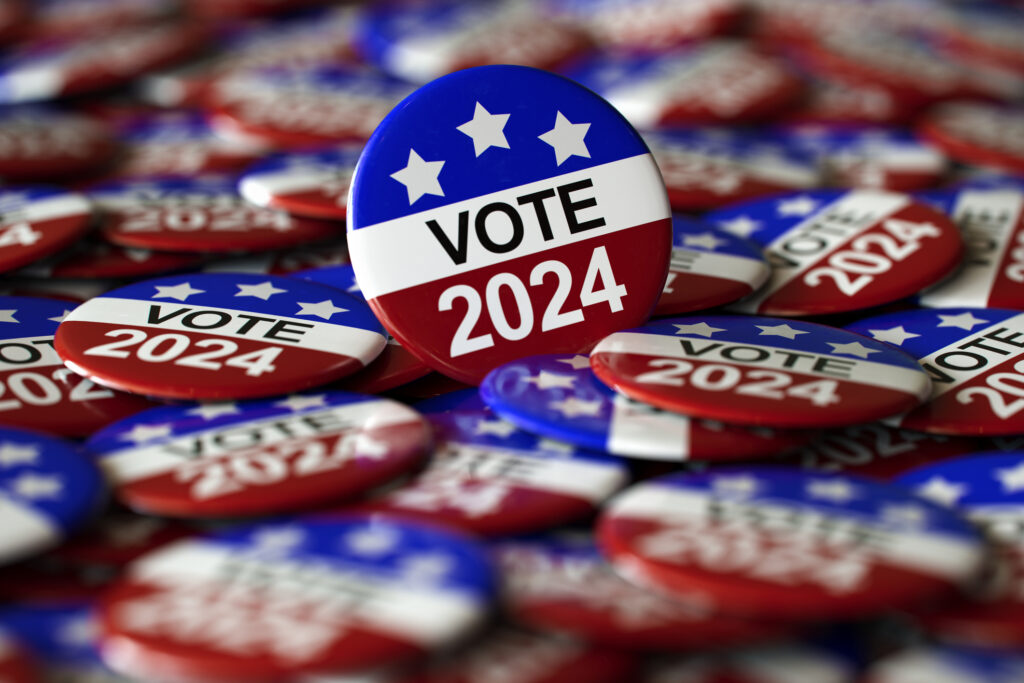
This in-depth analysis, using Edison Research exit poll data, and the Winning the Issues post-election study, reviews what happened and why. For the first time since the Watergate era, independents surpassed one of the major political parties to rank second in terms of party identification. In this presidential election, the percentage of the electorate that […]
Roll Call: Here’s how the media missed the story, from joy to democracy

The Winston Group’s David Winston writes in today’s Roll Call about the media narratives that “simply did not pan out, as the results and exit polls show.” Pundits also argued that because the country was so polarized, there were no neutral voters; everyone leaned toward one party or the other. There was no true political center, […]
Culture Wars vs. Learning Loss in the 2024 Election
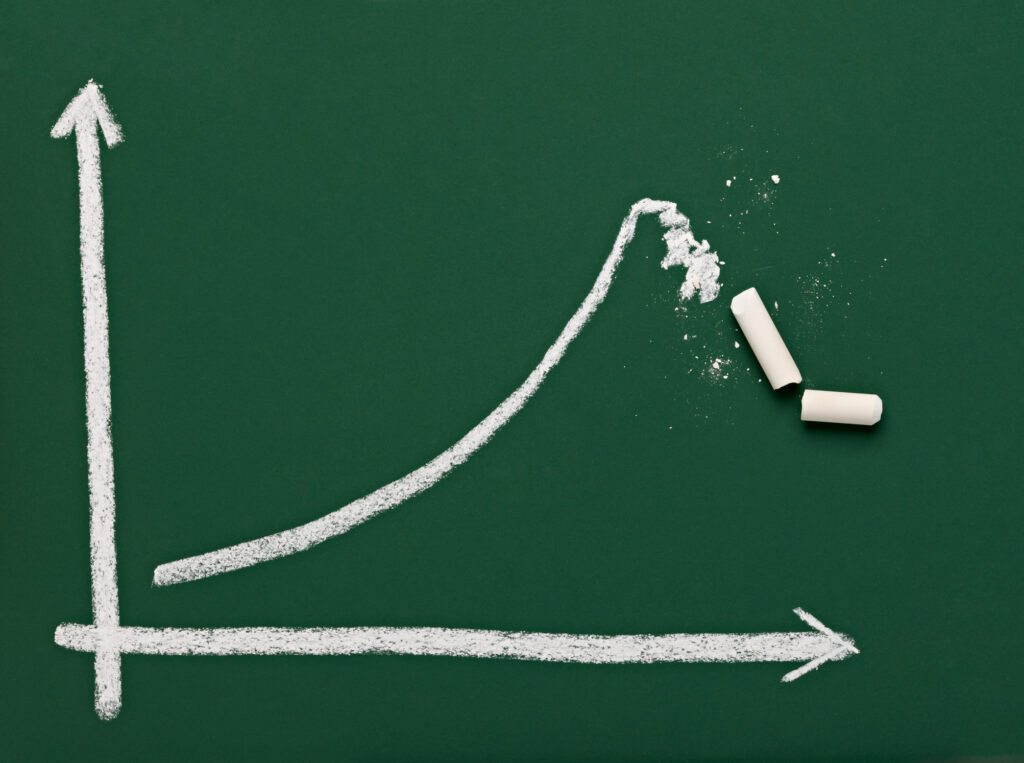
In the lead-up to the 2024 election, we asked voters whether dealing with learning loss or cultural issues should be the the education policy priority. By over 3:1, voters said dealing with learning loss (65-21 learning loess-cultural issues). In our 2024 election survey of 1250 voters who voted at the Congressional level, we decided to […]
Roll Call: America may have a new third party – The Democrats
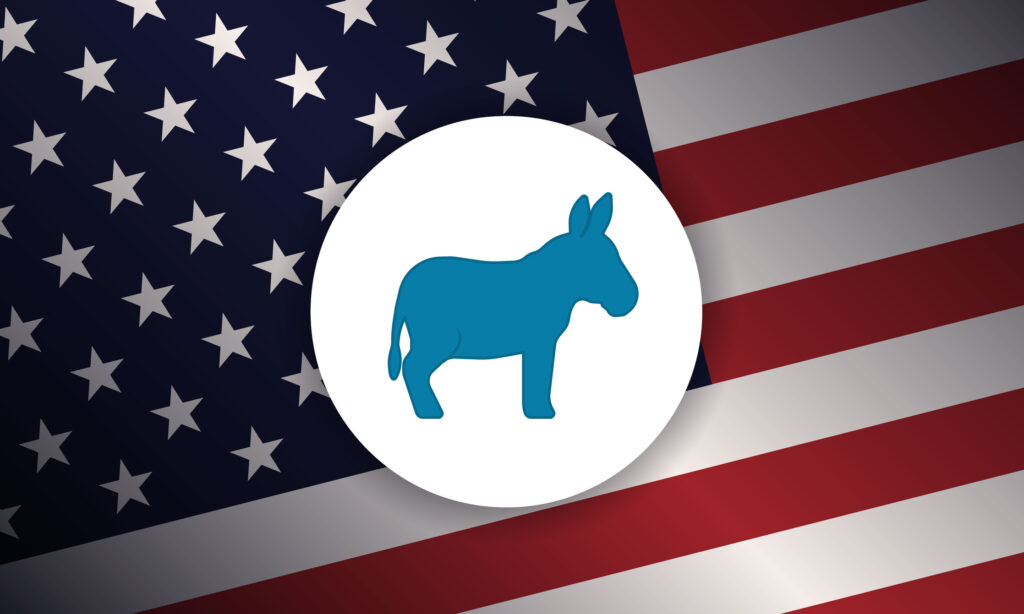
In today’s Roll Call, The Winston Group’s David Winston writes that 2024 may “go down in history as the election the Democratic Party ID hit an all-time low.” Exit polls ask voters which of the two major parties they identify with, or neither, as the case may be. Comparing the composition of the electorate in […]
Roll Call: This is the Obama-Biden-Harris Legacy
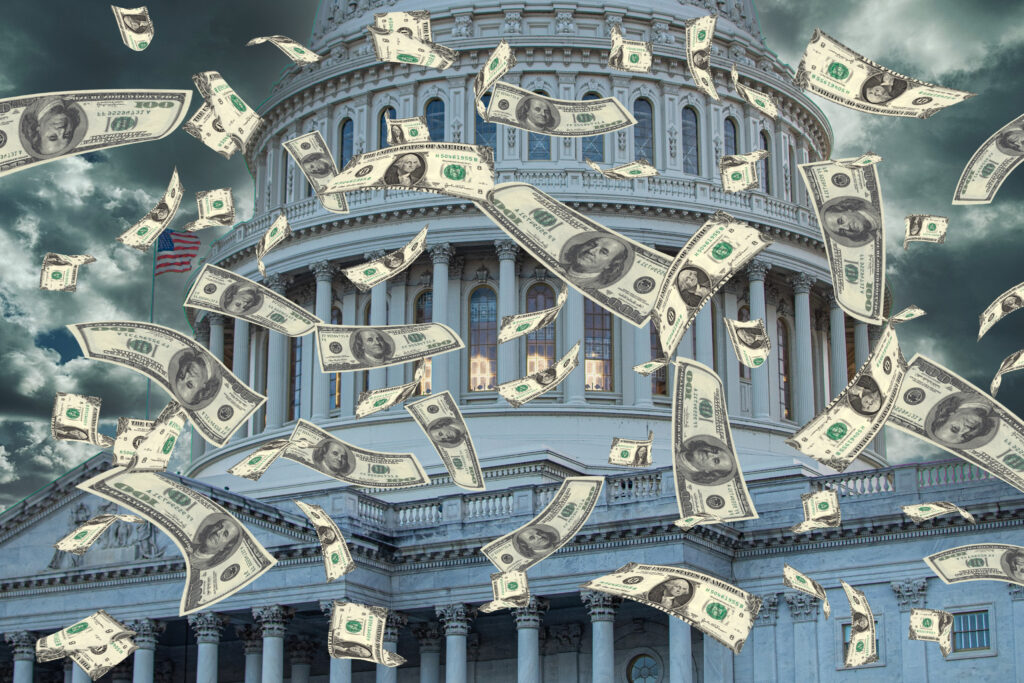
In today’s Roll Call, the Winston Group’s David Winston writes that “this election will be won or lost on the basis of who voters believe will deliver a stronger, more stable economy.” While Republicans had produced a better economy than Obama’s, their decision to emphasize other issues for the party’s closing argument [in 2018] cost […]
Academic Proficiency and Quality of Life

Last week, we took a look at two questions related to the idea that recovering from learning loss and boosting student achievement should be the priorities for education policy: whether K-12 education gives students the skills they need to succeed as adults, and whether our current educational system will allow the next generation to have […]
